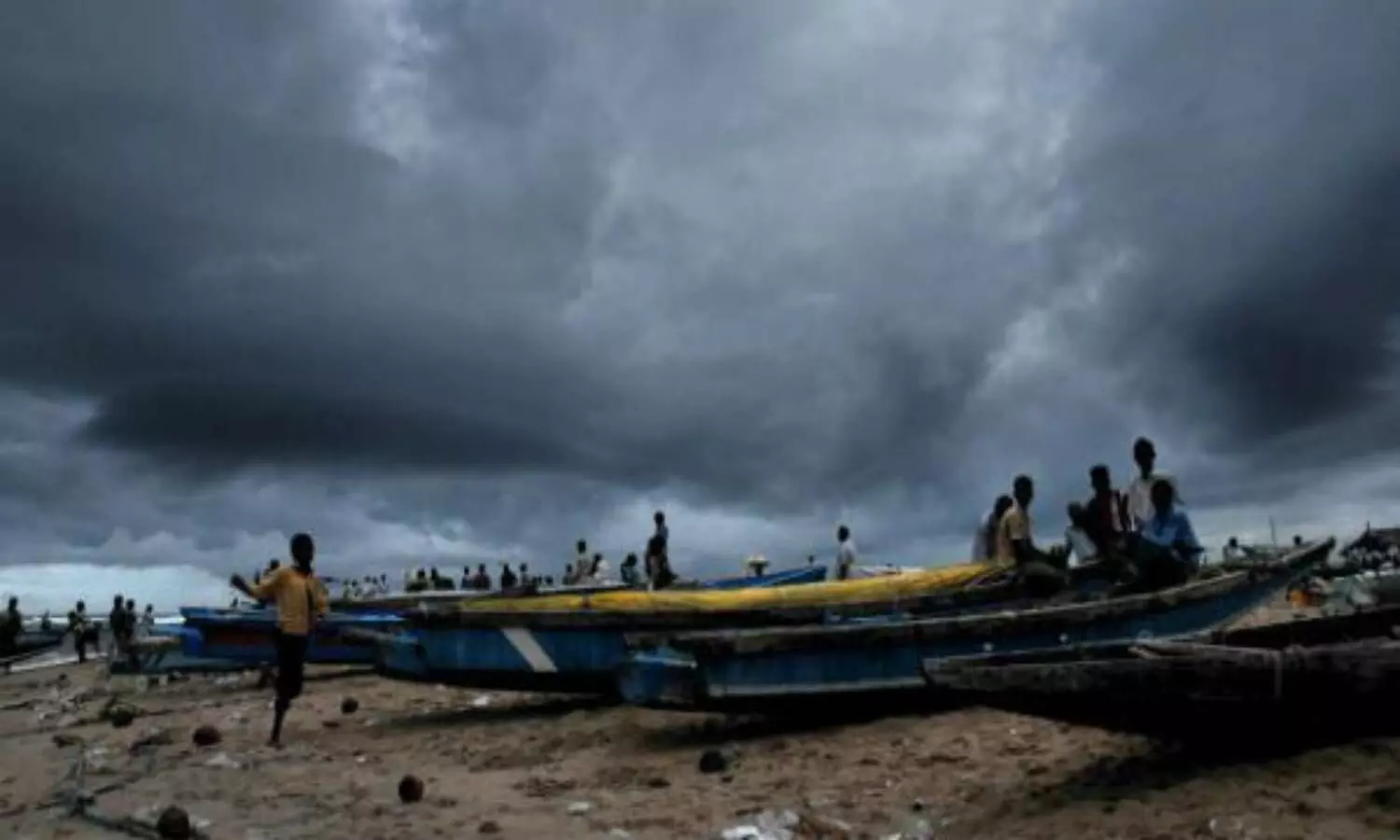`Jawad': Cyclonic storm to hit north Andhra, south Odisha on Dec 4
India Meteorological Department (IMD) said a low-pressure lay over South Thailand and its neighborhood on Tuesday. It is likely to emerge into the Andaman Sea during the next 12 hours.
By Newsmeter Network
Visakhapatnam: A cyclonic storm is likely to hit the North Coastal Andhra Pradesh (NCAP) and Odisha Coast on December 4.
Probably it will be for the first post-monsoon cyclone will be named `Jawad'. It is still unclear whether Jawad will cross Odisha or skirt India's east coast.
India Meteorological Department (IMD) said a low-pressure lay over South Thailand and its neighborhood on Tuesday. It is likely to emerge into the Andaman Sea during the next 12 hours.
It is likely to move west-northwestwards and concentrate into a depression over southeast and adjoining east-central Bay of Bengal by December 2 and intensify into a cyclonic storm over the central parts of the Bay of Bengal during the subsequent 24 hours.
It is likely to move northwestwards, intensify further and reach north Andhra Pradesh–Odisha coasts around December 4 morning.
Director of IMD-Amaravati Stella S said heavy to very heavy rainfall will occur at isolated places over North Coastal Andhra Pradesh comprising Visakhapatnam, Vizianagaram, and Srikakulam districts and Yanam (Puducherry) on December 3 and 4
"Due to the heavy to very heavy rainfall and squally winds of speed 80-90 kmph gusting to 100 kmph expected due to cyclonic storm during December 3 and December 5 along and off the coast of north Andhra Pradesh, Farmers of Srikakulam, Vizianagaram, Visakhapatnam, East Godavari, West Godavari districts may be requested to harvest the crops ready for harvest and safeguard the same," she said.
There have been depressions in November and at least three low-pressure systems over the Bay of Bengal, which brought widespread and heavy rains to Peninsular India in the month. It is also observed that the heavy rains in November led to flooding in parts of the Rayalaseema region and Tamil Nadu.
The weathermen said low-pressure systems were formed mainly because of above-normal temperatures in the north equatorial Indian Ocean.